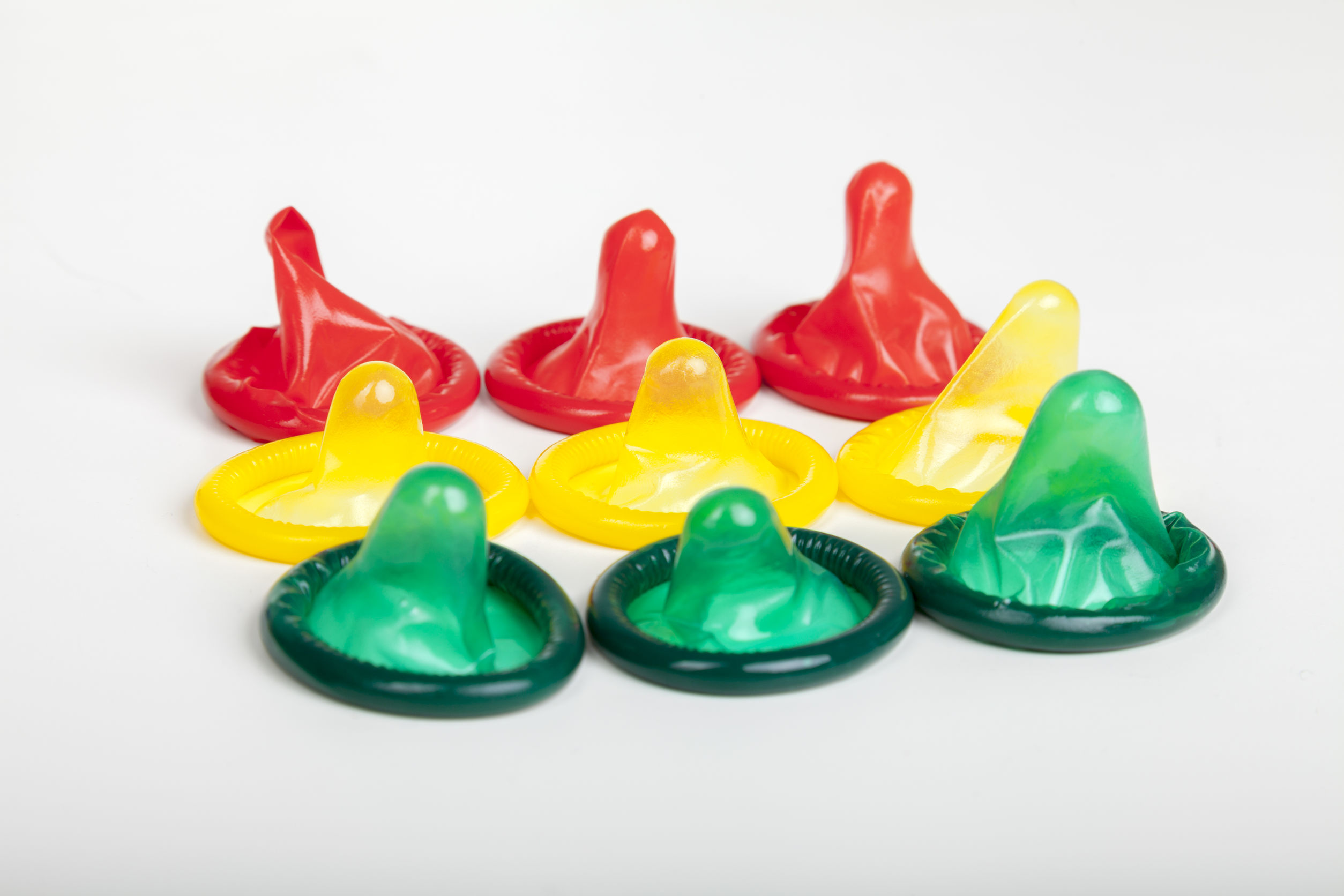Teenage Boys Invent Smart Condom That Changes Colors When Exposed To STDs
Tags: opinion

By Mandy Froelich / Truth Theory
Let’s face it: teenagers are going to do what they want to do. That’s why in the United States alone, approximately 20 million cases of STD infections are reported in people between the ages of 15 and 24, according to the CDC. Fortunately, a new invention dreamt up by three teenage boys in the UK may help reduce the prevalence of STI infections worldwide.
The S.T.EYE. (get it?) was invented by Daanyaal Ali, 14, Muaz Nawaz, 13, and Chirag Shah, 14. The boys attend England’s Isaac Newton Academy. As The Washington Post reports, the students noticed that STIs are a huge problem in the UK. “We saw a gap in the market and we wanted to help people feel safer, said Daanyaal.” Their solution was to develop a smart condom that changes colors when exposed to common STDs.
How does it work? Antigens on the condom would interact with the antigens of the STDs. As a result, the condom would change colors based on the disease. For example: if the condom was exposed to chlamydia, it would grow green; yellow for herpes; purple for herpes; and blue for syphilis.
Recently, the teens won top honors in the U.K.’s TeenTech Awards. The annual competition hopes to encourage students to “understand their true potential and the real opportunities available in the contemporary STEM workplace.” In addition to winning $1,500, the students won a trip to meet Prince Andrew at Buckingham Palace later this year.
Though the students have allegedly been contacted by condom companies, TeenTech chief executive Maggie Philbin says the condom is only a concept — for now.
As TIME reports, the invention is not without its flaws. For instance, it is unclear which partner the device detects STIs from. Furthermore, there is the awkward question of what would happen if the condom came into contact with two or more STDs. Despite these valid concerns, the invention is applaudable — especially if it makes teens think twice about safe sex.
What are your thoughts? Please comment below and share this news!
Source: TIME, Washington Post
Image credit: 123RF
Leave Comment: